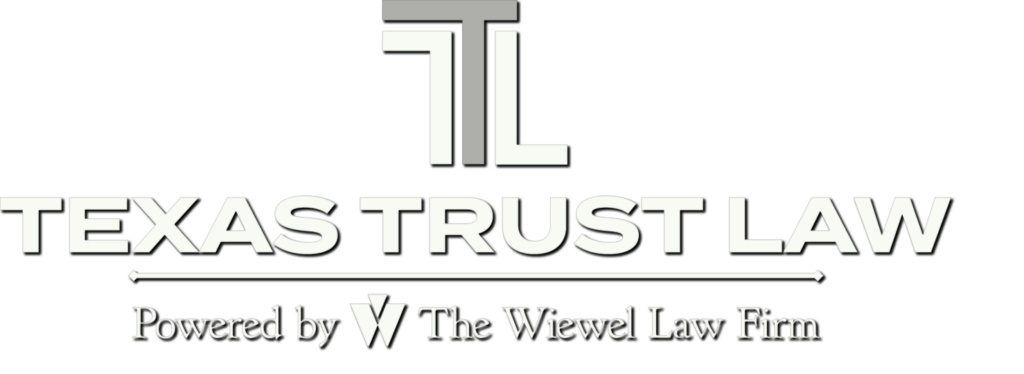
Planning for Retirement with a Special Needs Child
Retirement is a time to relax and enjoy life after years of hard work. However, parents of children with special needs will need to handle this transition with care. Planning for retirement with a special needs child is critical to your child’s long-term care and your own financial future.
Beginning your retirement planning early is crucial. Likewise, this process should be an extension of your existing financial planning. Starting early allows you to anticipate state and federal benefits changes and adjust your strategies accordingly.
For instance, Medicaid waivers and other support systems can be unpredictable. Just because these benefits systems can supplement your needs today doesn’t mean they’ll be able to do so tomorrow. Flexible, far-sighted financial preparation can help you absorb changes in benefits programs.
Open communication between both parents is vital. It’s common for parents to prioritize their child’s needs over their own retirement savings. However, finding a balance is key. Both parents should be on the same page regarding their goals for retirement and their child’s future. Involving a financial planner and a special needs attorney can help align these goals and create a comprehensive plan.
Two professionals with Special Needs Alliance weighed in on planning for retirement with a special needs child. One, Jeff Yussman, emphasizes the importance of honest discussions about assets, liabilities, and the desired retirement lifestyle.
Another advisor, Emily Kile, highlights the need to leave an advocate for their child in advance. It may be smart to move a child with special needs to a future housing option while parents are still alive. This can reduce the pain and uncertainty of making such moves when the parents pass away.
The first step is reviewing the titles on your accounts, beneficiary designations and estate plans. Ensuring that the chosen trustees and agents align with the goals for your child with special needs is critical. You should consider the financial security available through life insurance policies, such as second-to-die life insurance.
Parents must also plan for the long-term care of their child with special needs. This includes preparing for the potential loss of private health insurance and understanding the longevity of their financial plans. It is important to have regular estate planning meetings that account for these factors.
While well-intentioned family members might offer to care for your child, their circumstances can change. Marriages, divorces, and other life events can impact their ability to provide consistent care. Plan for these variables to ensure your child’s stability.
Planning for retirement with a special needs child can be challenging. However, you don’t have to do it alone. If you would like to learn more about special needs planning, please visit our previous posts.
Reference: Special Needs Alliance (Oct. 7, 2022) “retirement planning steps you need to take”
Photo by RDNE Stock project
















